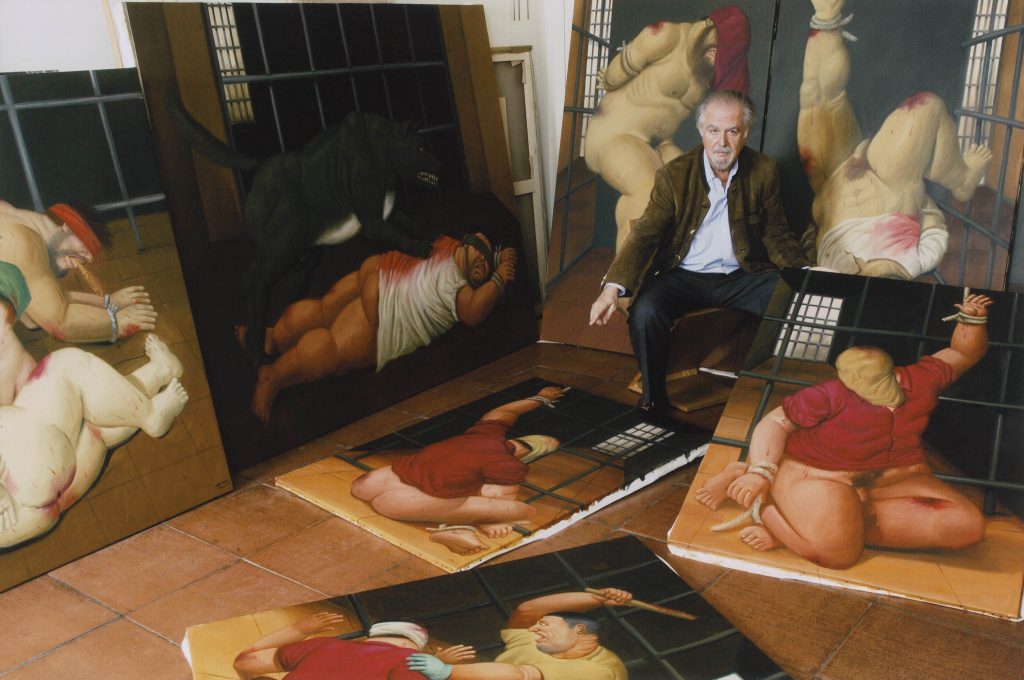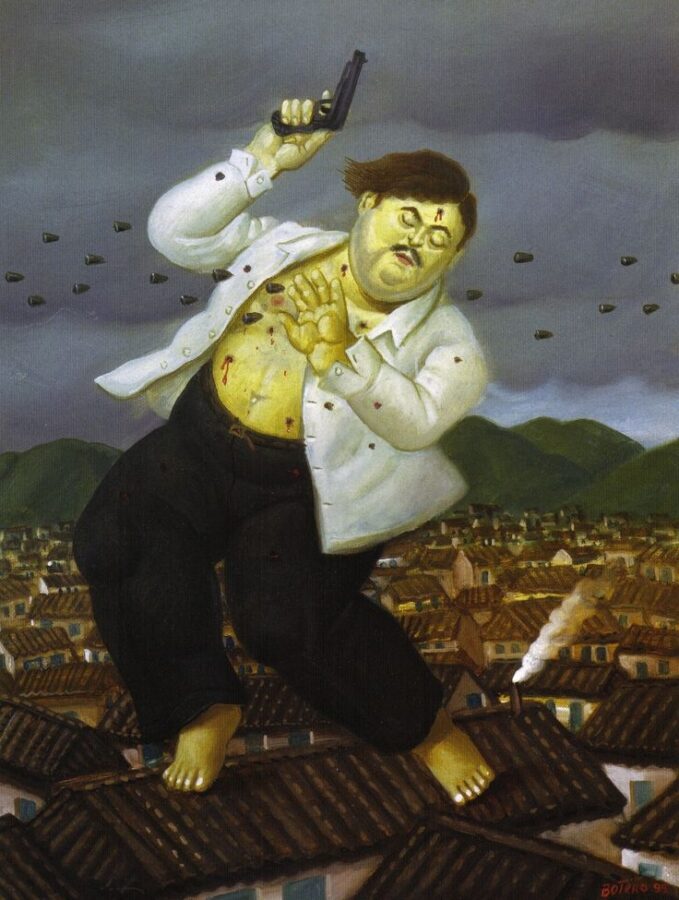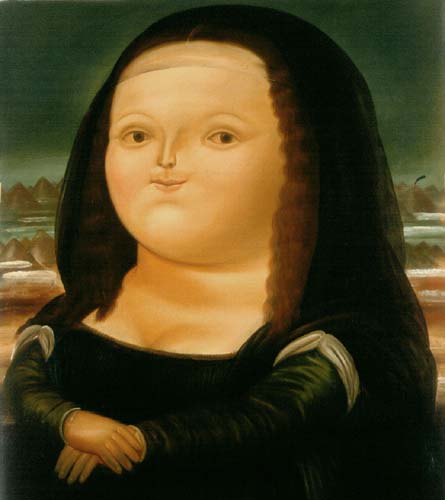The Frank Stella You Thought You Knew
You may know Frank Stella from the brightly colored, shaped canvas paintings in his Protractor series from the late 1960s to early 1970s. However,...
Marva Becker 11 July 2024
Colombian artist, Fernando Botero, demonstrates how differently we can all view the same object. Although Botero was known for depicting everything in a voluptuous and voluminous way, he argued that his intention wasn’t to represent weight. Instead, his aim was to give prominence to volume. Here is what Botero wanted to say with his art. Read about Boterismo in art!

As well as being an outstanding painter, Botero created sculptures that are also found all over the world. Because his figures have one main characteristic (absolutely all of his figures are depicted in large, exaggerated volume) his works are easily recognizable. This personal trademark is appreciated internationally. In fact, he is one of the most renowned Latin American artists in the world. Yet the Colombian artist claimed that there is more to his art than portraying the body in a different way.

Fernando Botero focused exclusively on painting, sculpting, and drawing figures that appear to be proportionally exaggerated. This perception of the human form, with its rounded sides and attention to the body forms, makes him the creator of what we know today as “Boterismo.” At first sight, his figures have bodies that, according to modern beauty standards, would be categorized in a negative way. However, the author insisted that, on the contrary, he is highlighting the natural shape of the body, with its curves and its sensuality. Botero did not paint bodies where the natural volume is highlighted. By giving more prominence to the volume he made figures more plastic, and more monumental.
Botero transformed his models as he painted them, without the need for any reference figures. His first step was to modify them in his mind. Then he adapted them to his unique style. His love of volume was not only for people. He also painted animals in the same way, always exaggerating their curves and rounding the edges.


Botero argued that painters should look more on the positive side. He emphasized that art is just a celebration of life. Thus he chose gentle themes for his paintings. He noted that painters have often worked on the exaltation of life, even in the midst of great tragedies.
For example, Impressionism: has there ever been a depressing Impressionist painting? Even during times of war and national tragedies, painting seemed to maintain a positive attitude toward life. Today it’s different. Botero believed that now art is more about creating a scandal or causing shock. Traditionally, that’s not what was done. Kindness predominated in his art, but from time to time he expressed his social commitment and painted pictures of torture.

According to the artist, bulls have always been an absorbing subject for him. For this reason, he did not agree with the prohibition of bullfights in Catalonia and Bogotá. In his judgment, everyone has the right to have hobbies. It is not the only cruel thing in life: hunting and fishing are cruel. People who eat lobsters and throw them into the pot are also cruel, but nobody says anything about that. This consummate artist maintains a very straightforward position on this subject.

In painting, his masterful handling of oil, pastel, and watercolor is outstanding. He also drew in charcoal, pencil, bistre, and sanguine on canvas and paper. While he did sculpt in bronze giving his sculptures a variety of patinas, he mainly sculpted in Carrara marble.
DailyArt Magazine needs your support. Every contribution, however big or small, is very valuable for our future. Thanks to it, we will be able to sustain and grow the Magazine. Thank you for your help!